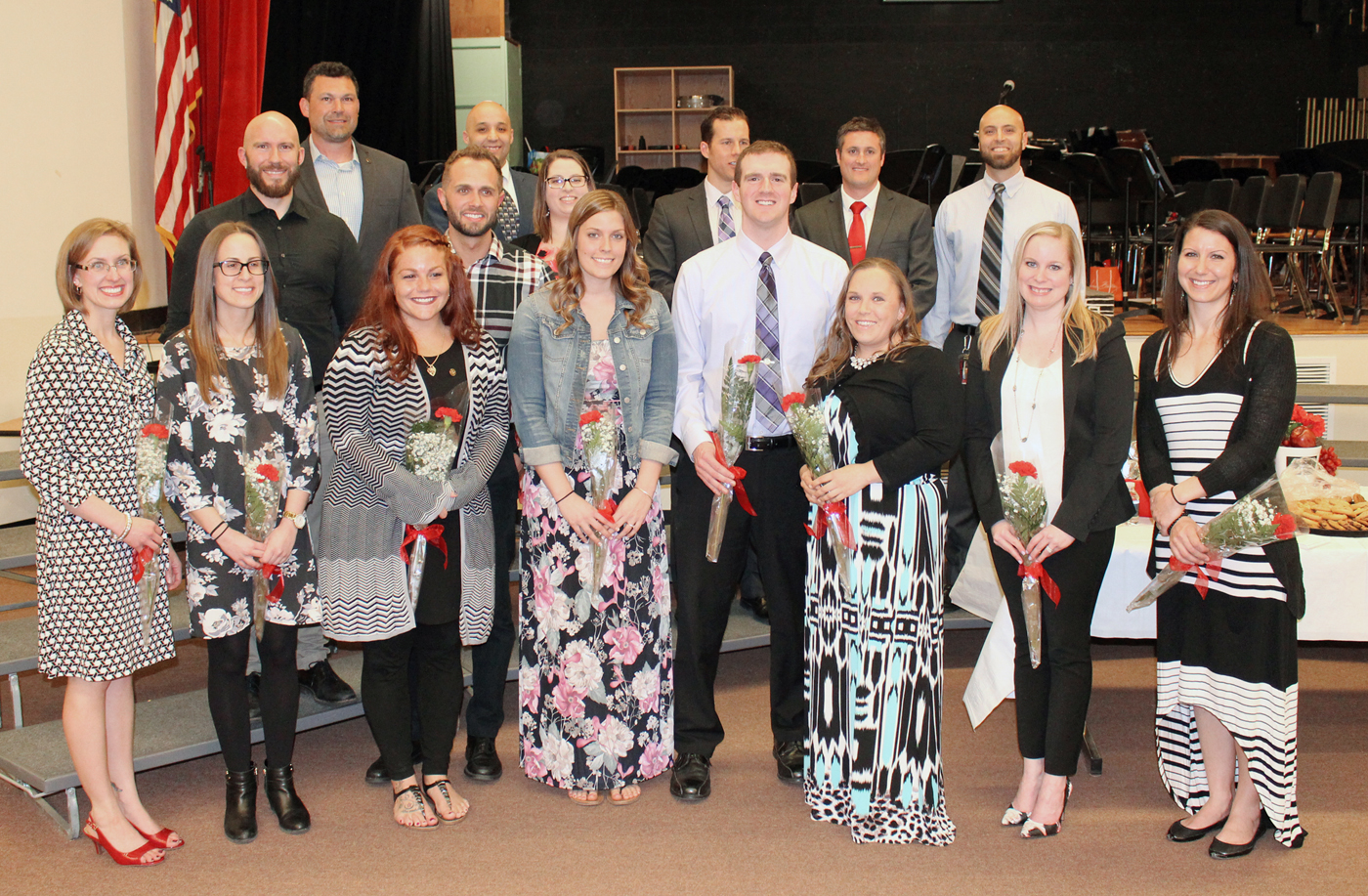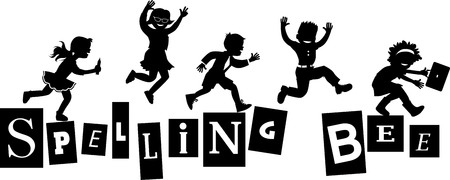SEF announces grant awards
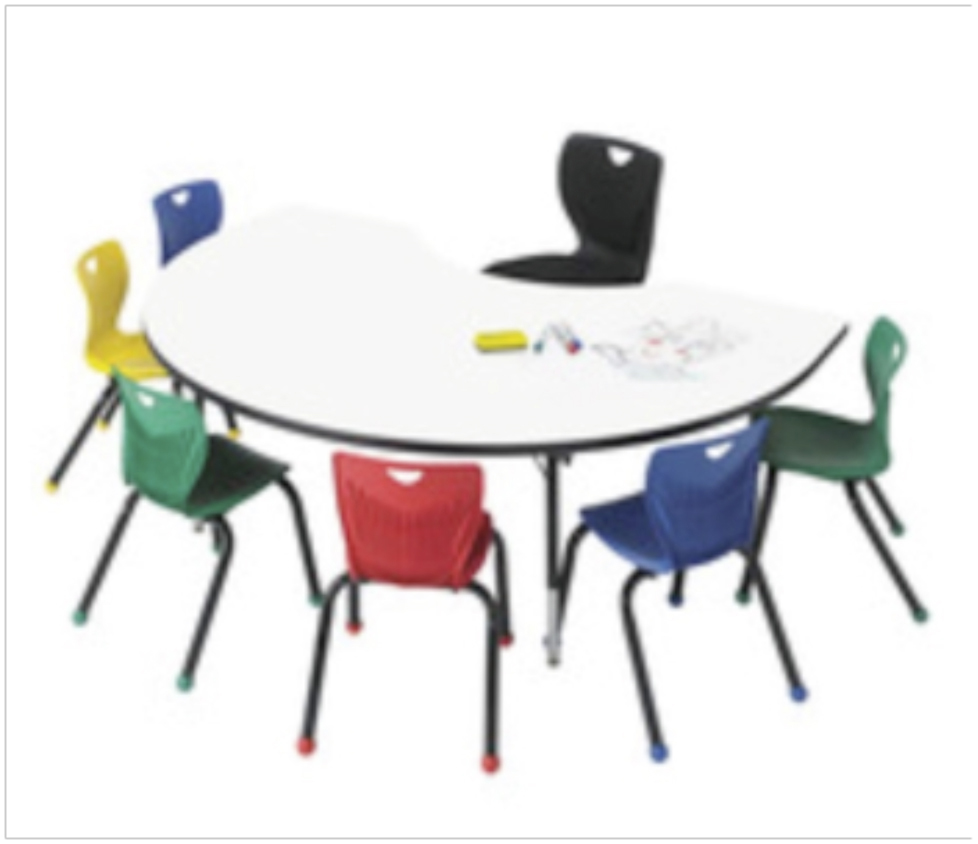
The Spencerport Education Foundation (SEF) recently announced 10 grant award winners for the 2020-2021 school year, which totaled $2,300 in funding. SEF received 17 project applications from district teachers to provide supplemental resources to enrich and enhance student learning.
The grants support district initiatives in the areas of Blended Learning and Wellness while aligning with the SEF’s mission and vision. Awards were selected based on their alignment with SEF goals, SCSD initiatives, and the merits of the application.
To ensure students are prepared for the challenges of the twenty-first century, the Spencerport Education Foundation funds innovative programs and services that supplement and are outside the normal operations of the Spencerport School District. Spencerport Education Foundation awards monies that do the following:
•Provide an innovative and unique educational opportunity for a classroom or program in grades K-12 outside the normal operations of the district through teacher mini-grants.
•Augment the curriculum being offered by the district in grades K-12 through curriculum enhancements.
•Contribute to extra-curricular activities that benefit district programs.
Spring 2020 Grant Awards were given to: Tina Brien for mobile play therapy kits (Cosgrove); Frank Cafarella for desk bouncy bands (Cosgrove); Sarah Caiazza for yoga mats (Terry Taylor); Sue Chatterton for soft skills materials (Canal View); Theresa Dils for books and supplies (Cosgrove); Hannah Hill for a wireless microphone system (Munn); Kimberly McLean for a math marker board activity table (High School); Ian Milam for math manipulatives (Cosgrove); Katherine Resch for French and Spanish books (High School); and Kathy Wilson for a sound field system (Bernabi).
Provided information
Tina Brien – Mobile play therapy kits
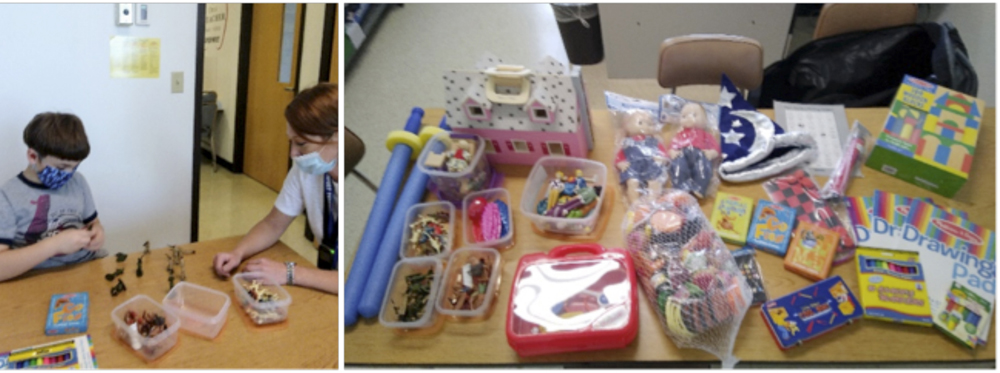
Mobile Play Therapy Kits were purchased for the mental health team to use with the children. It has been a helpful tool to use with the students during these stressful times. Play therapy is a structured, theoretically-based approach to therapy that builds on the normal communicative and learning processes of children. The curative powers inherent in play are used in many ways. Therapists strategically utilize play therapy to help children express what is troubling them when they do not have the verbal language to express their thoughts and feelings. In play therapy, toys are like the child’s words and play is the child’s language. Through play, therapists may help children learn more adaptive behaviors when there are emotional or social skills deficits.
Frank Cafarella – Desk bouncy bands
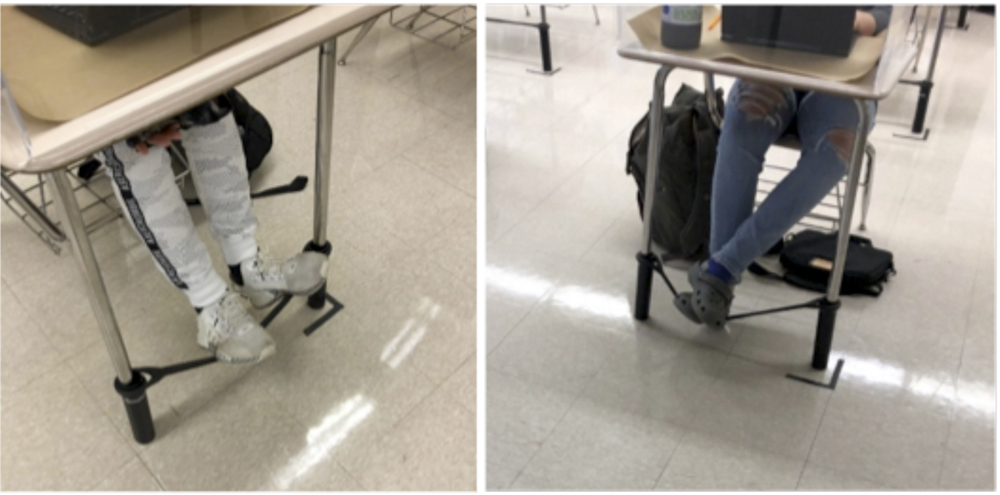
Bouncy bands are rubber bands that extend across the space between the two desk legs and allow the students to place their legs on the band. The students can quietly bounce their feet up and down on the band giving them an opportunity to move at their desks. Research shows that movement in the learning environment leads to increased brain function and engagement, as well as decreased behavior issues.
Sarah Caiazza – Yoga mats
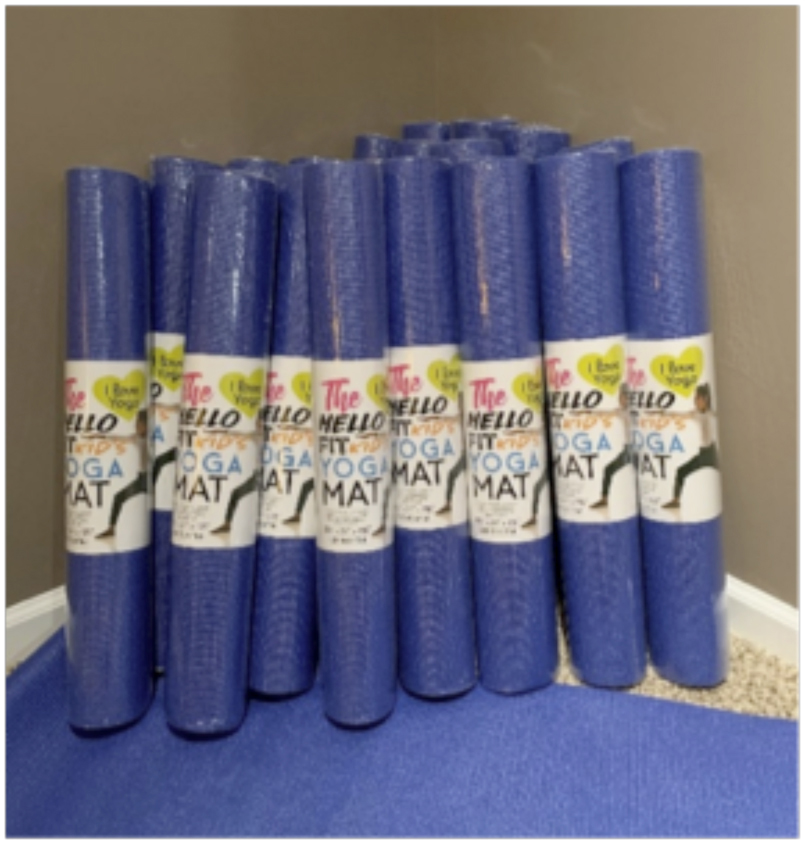
The yoga mats provide flexible seating options that support the social-emotional learning. The mats support the students’ fine motor and gross motor growth as recommended by Occupational and Physical Therapists. The mats will help supplement and reinforce valuable movement work to support and enhance their academic work.
Sue Chatterton – Soft skills materials
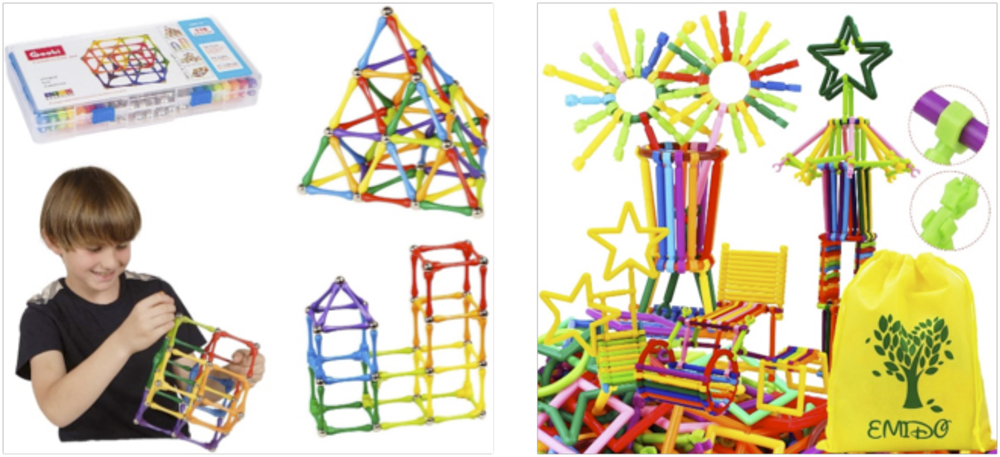
The soft skill materials allow the students to collaborate and communicate which helps support being culturally responsive and social emotional learning. The materials allow students to begin their day with a “soft start” which helps build relationships and reinforces life-long skills such as taking turns, working together, and time management. Students work together to problem solve and engage in creative exploration.
Theresa Dils – Books and supplies
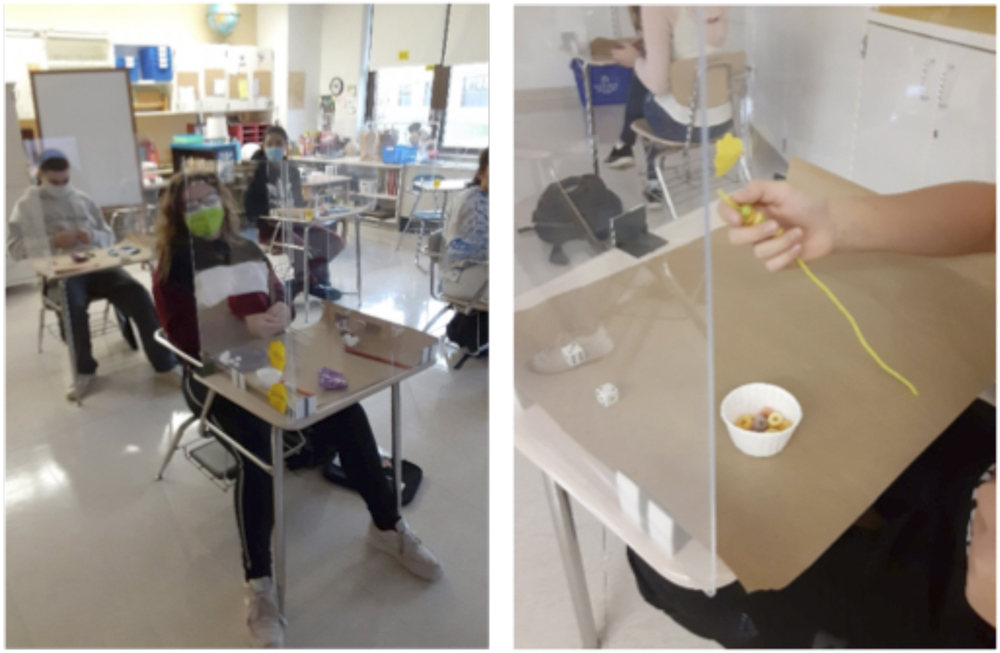
“Dil’s Challenge Day” provides engagement activities for the students. The students are given challenges, similar to the Minute to Win It game. For example, they had to put fruit loops on a pipe cleaner using their non-dominant hand only. They develop strategies to come up with a way to meet the criteria, while laughing and cheering each other on.
Hannah Hill – Wireless microphone system
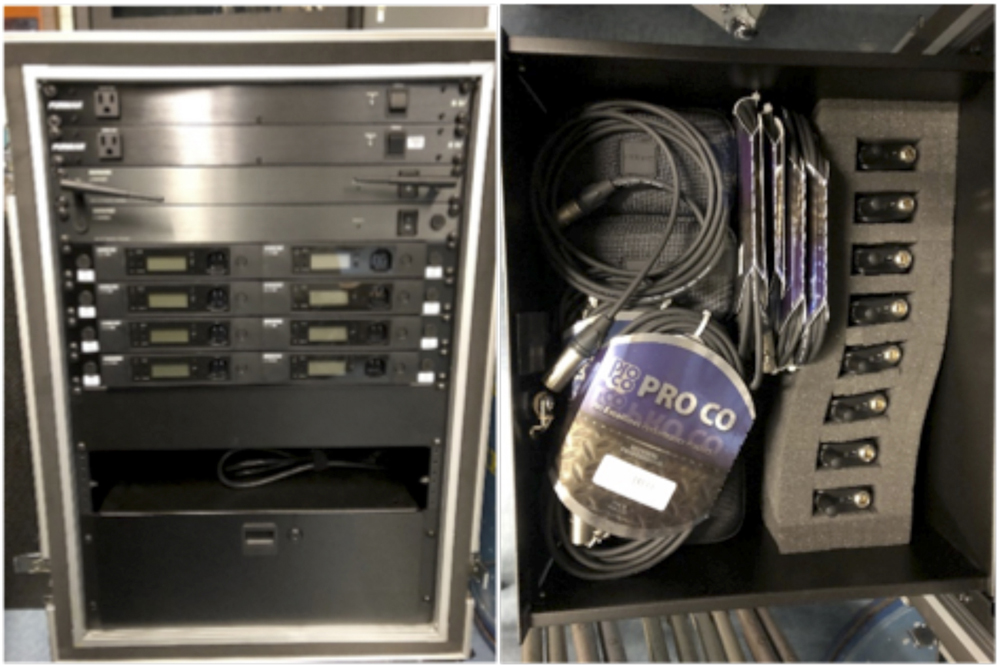
Wireless microphones are used to enhance the Drama Club experience by developing student confidence and vocal projection. This helps the students explore and display creative talents, increase confidence and self-esteem, allow opportunities for leadership and involvement, and make live theater accessible to students.
Ian Milam – Math manipulatives
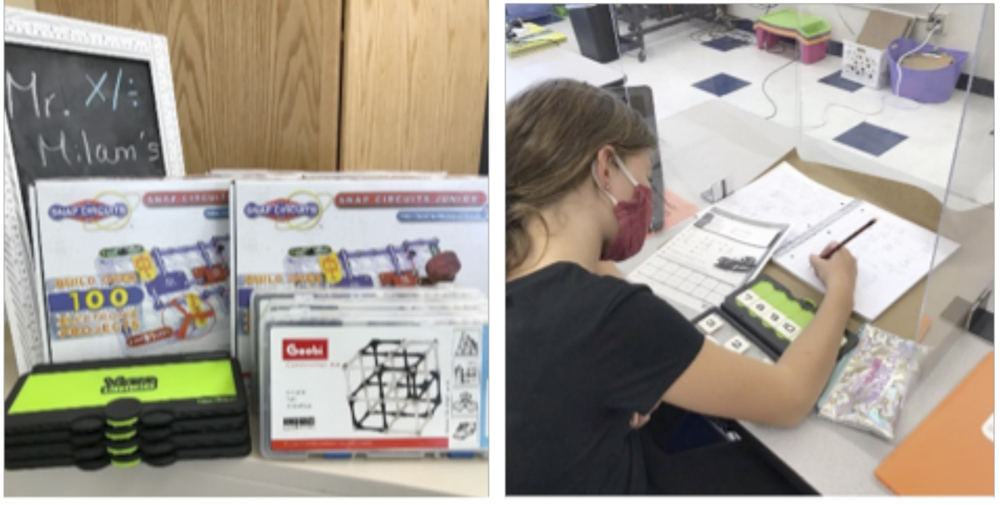
Hands on 6th grade math materials are used for inquiry-based activities. The materials additionally allow students to benefit from and engage in soft start class activities. Students engage and develop social skills that are critical to success like collaboration, planning, goal setting, trial and error, and the overall creativity activities.
Katherine Resch – French and Spanish books
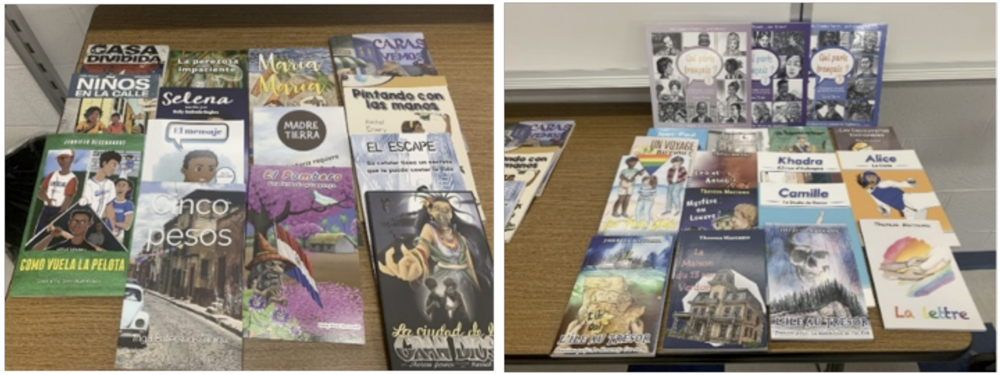
The books are specifically written for language learners with a variety of topics and used for Free Voluntary Reading (FVR) which is a movement within the World Language teaching community. This allows students to choose books they are interested in, and to learn language as they read. Reading exposes learners to vocabulary and structure in context.
Kathy Wilson – Sound field system
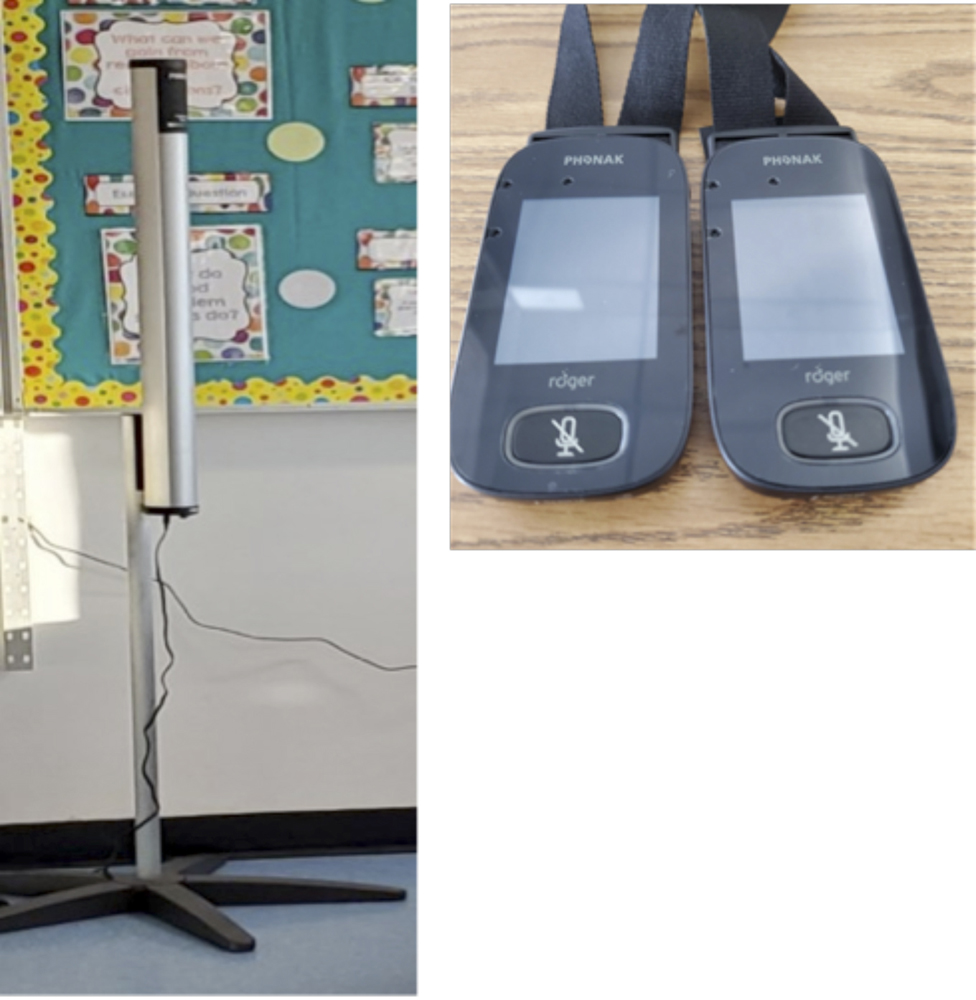
The sound field system is used for the Integrated Co-Teaching classroom. The system continually measures the room’s noise level, automatically optimizes volume of the loudspeaker, and ensures that speech remains clear while reducing background noise and distractions and assisting students with paying attention, hearing, and understanding the teacher. The sound system provides a better signal-to-noise ratio and improved acoustic environment for listening and learning. This provides a supplemental resource to students with disabilities to assist in addressing their individual learning needs and enhance the listening environment.


